Menu Planning and All It Encompasses
What Is Menu Planning?
In restaurants and other food operations, menu planning is of utmost importance. Planning the menu in advance can ensure food menu items are prepared on time. It enables the chefs to organize their kitchen staff to be most effective when cooking the staple restaurant dishes alongside specials and new items.
Having a menu plan will also reduce food waste which saves money for the restaurant. The It also helps in reducing wastage of food items and cooking fuel resources, and thus saves money. Menu planning will improve purchasing and storage efficiency. And with multiple cuisine menus, planning the menu in advance helps embrace each theme in an easier manner.
How To Do Menu Planning?
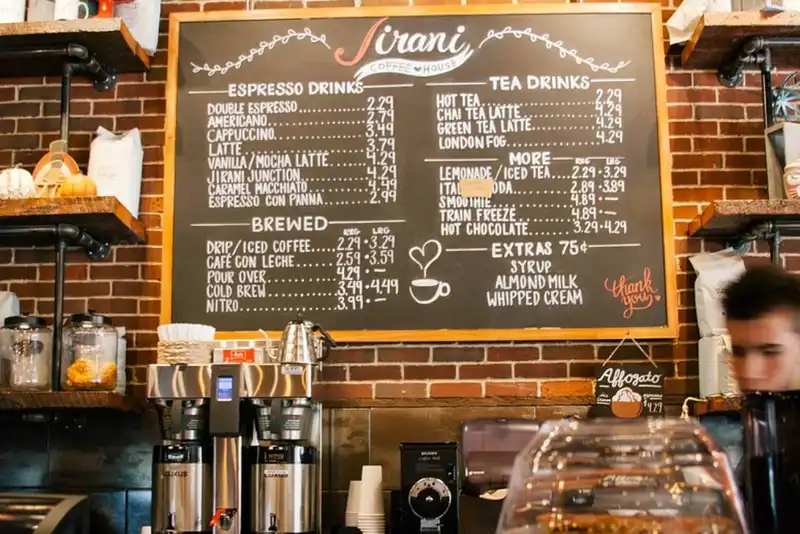
To start, having a menu concept will cut down on confusion in the first stages of menu planning. This involves knowing what type of cuisine should be served at the restaurant. The overall theme that it is meant to be known for and the amount of competition from similar restaurants in the area can streamline this process.
A simple goal to reach for is staying under 30 items on the menu. This will maximize productivity. Food items can always be added in later, but at the start less is better.
Other menu planning ideas can include the following-
Develop a list of core ingredients
If several dishes can be made using most of the same ingredients it will keep costs down. Understanding the restaurant concept and the target market trying to be reached will help develop a list of the core ingredients. This will go along with the flavor that the restaurant is known for. Sourcing ingredients from local artisans and butchers, or seasonal produce, can be convenient and reduce food costs.
Cost out your menu items
Once the menu concept and ingredients are decided upon, its time to analyze the cost associated with each dish. A recipe management program can organize and keep track of specific menu costs such as portions.
Based on added cost totals, the idea of price reduction can be explored. Adjusting food suppliers or reestablishing some menu items are methods of ensuring enough room for profit based. Whatever the revenue goal is, understanding the key performance indicators (KPIs) will be an asset in building a successful menu.
Run a test kitchen
Testing flavors and food combinations is where the menu planning really takes off. Chefs will generally plate out samples of each menu item and applicable staff try them to ensure the tastes and overall ideas are being met. After reviewing feedback and making a few tweaks, the menu should be created.
The key to having a menu that is both profitable and memorable is a unique focus. Focus on a few staple dishes the restaurant should be known for and grow from there.

Food safety compliance without the headaches.
Protect your restaurant and your customers. Trial Zip HACCP today, no credit card required.
The Importance of Menu Planning
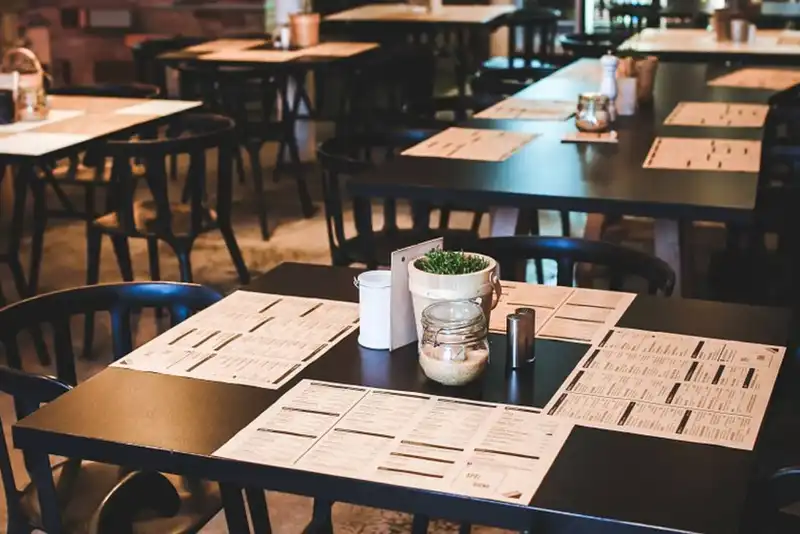
A memorable menu is an important part of the restaurant marketing package. Food is the first thing a restaurant should be known for. When the menu is being designed, it should express the personality of the restaurant.
Menu planning will tie together many different aspects of restaurant success. A good menu is a source of profitability, establishes operational budgets, and is is what customers will come to know the restaurant for.
It can't be emphasized enough how important the menu is to a restaurant or food service establishment. Menus are known as "the driver of a foodservice operation" because the success of a menu impacts all aspects of business operations.
What Are The Factors of Menu Planning
The factors that influence menu planning involve-
Competition in the Market- Food quality and menu prices must be set competitively to survive in the busy restaurant industry.
Source- Where the food and ingredients are being sourced from will impact menu planning. Local ingredients will be less costly than those which need to be shipped through food distributors.
Adopting new trends- Customer trends can have an impact on the menu. tracking these trends is important when developing new recipes and menu items that stay profitable.
Dietary change on demand- Demographics play a large role in menu planning due to availability and the quality of foods considered. A number of factors go into a customers choice of where to eat. A menu should be ready to serve all types of customers by allowing for vegetarian, non-vegetarian, allergies and other special needs.
What Are The Different Types of Menu Planning
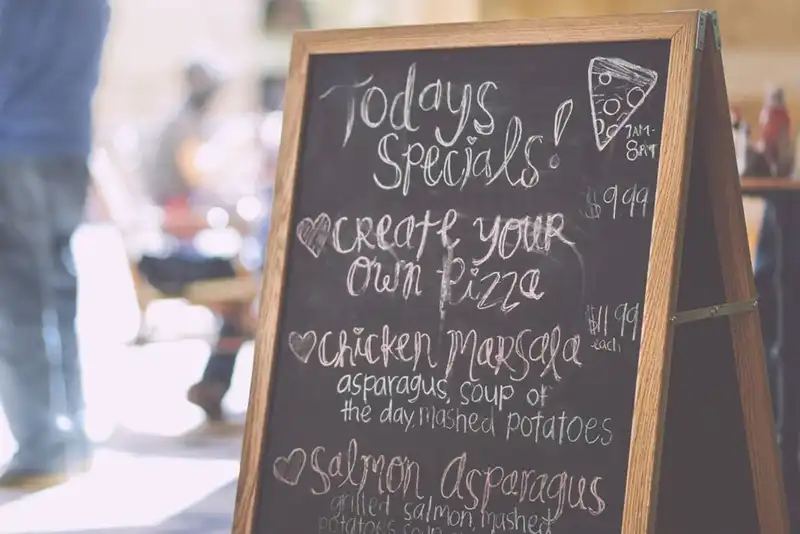
Menus planning will be different based on the type of menu the foodservice operation is focused on. The classic categories of menu types include-
- Static menus- Used in quick service and casual restaurants. The menu remains unchanged each day so customers know what to expect for quick grab orders. Static menus can be printed or written on a menu board that is located above the cashier station. Coffee houses and fast food restaurants often have their menus located right behind the ordering station.
- Cycle menus- Used in non-commercial foodservice, corporate dining, schools and healthcare facilities. A cycle menu is set for a specific length of time before changing. For example, hospitals use week long timeframes to serve their patients as most don't remain in care for over that length of time. Cycle menus are also planned around different seasons.
- Daily (or single-use) menus- Used in fine dining and for special events. They often feature local products which are only available on certain days. Daily menus are single-use and put together for parties, banquets and other catered events.
Menus can also be planned according to these categories as well.
- Function of the menu
- Meal/Time Period
- Style of service
- Pricing styles
- Amount of selection
How to Be Innovative with Menu Planning
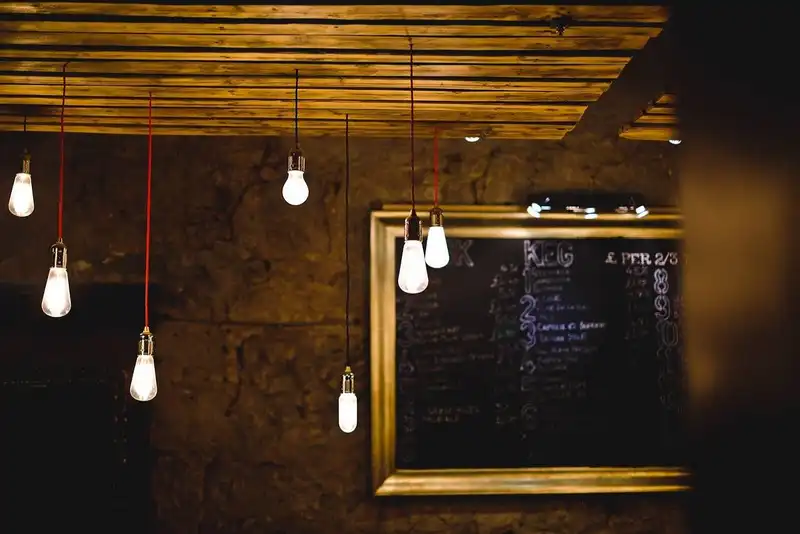
Advice for staying innovative in a competitive foodservice industry is to go outside of the industry for inspiration. Look to trade shows, industry magazines and other food vendors for ideas.
Know what the competitors are doing and then establish ideas based around trends but maintaining the uniqueness of the restaurant itself. By understanding the trends, the menu planning will speak to the brand of the restaurant and attract like-minded customers.
At the end of each billing cycle or each year, do an in-depth analysis of what's working and what isn't then adjust accordingly. Keep the customers in mind when menu planning. One way to do this is establish a source for customer feedback. Once this information is in hand, it will be easier to adjust the menu accordingly.
When the time comes to create new items for the menu, ensure the dishes continue to align with the brand and business goals. Some ideas to think about when being inventive include-
1. Be externally focused
As mentioned, ideas come from many places not just the restaurant kitchen. A possible partnership with idea makers can help shake up a menu.
2. Culinary creativity coupled with strategic marketing
Combined creativity with culinary awareness to create a strategic marketing plan to introduce innovations to the marketplace.
3. Encourage contribution
Ask questions of the team to engage creative thinking. Explore new culinary trends that match the vision of the brand and will delight customers.
4. Competitive analysis
Understanding statistical analysis of market trends will be valuable in deciding which trends customers will enjoy on the menu.
5. Taste test
Ensure the quality and flavor of innovative menu items match the brand and also taste great.
The Impact of Technology on Menu Planning
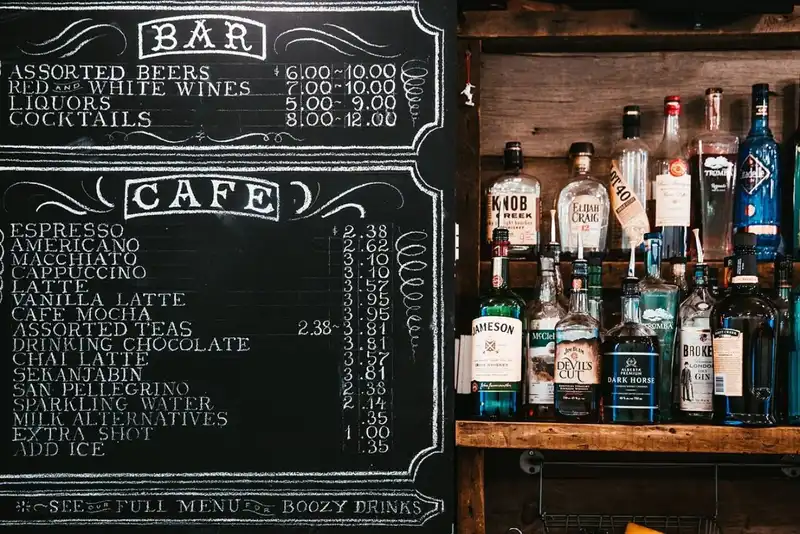
Technology continues to upgrade experiences in the restaurant industry. One such change is in menu planning. Software has made it more convenient to create, edit and adjust menus. It has also made things easier for customers who want to order food from the restaurant online.
For many years, menus existed only on paper. As the design trends changed and technology started getting more advanced, the paper menus have evolved. Many restaurants have moved to digital menus where customers can order from tablets, phones, or even kiosks at their table. This has cut down on waste produced from paper menus and has helped the restaurant industry during troubled times.
In 2020, restaurants were forced to close their dining rooms due to the pandemic and health requirements. The only option to stay in business was to offer delivery or curbside pickup. This is where online ordering from digital menus became a game changer. Now, as things find their way back to normalcy, some customers still prefer the convenience of ordering online.
Analysis from Technomic indicates that 46% of customers expect an option to order online, via mobile phones or on kiosks within the restaurant itself. As customers embrace technology, its important for restaurants to do the same if they want to keep their clientele.
How to Use Technology to Enhance a Menu
Each restaurant will need to determine the technological tools that will work best for their needs. When it comes to menu planning, here are some ways in which technology can help-
- Menu updates- Technology makes it easier to incorporate changes to a menu. Whether an item is no longer available, or a special needs to get on the menu swiftly, digital menus can help with that.
- Test menu options- Because the menu can be edited with ease, it allows for more items to be tested. Specials, pricing and new entrees are easily tried out with a digital menu.
- Use technology to provide news and entertainment- Some restaurants incorporate games within their tabletop kiosks. This can be helpful for families with children dining who need a distraction waiting for food to come. An often overlooked piece of technology is bar tops which include popular gambling games right at the diners seat.
- Track metrics- Technology has made tracking metrics from diners more advantageous. Analyzing whether a new dish is popular can establish a baseline for incorporating that item back on the menu or leaving it off altogether.
Conclusion for Menu Planning
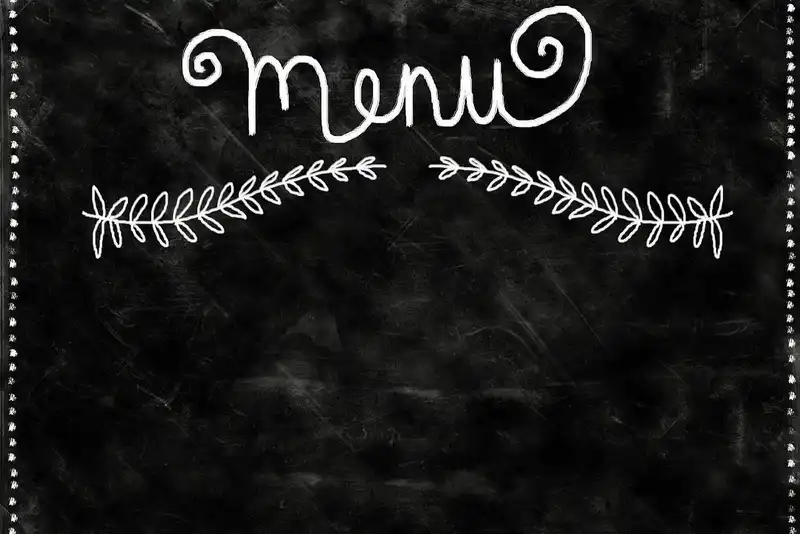
- In all foodservice operations menu planning is of utmost importance. A good menu is a driver of all other business operations.
- Menu planning can reduce food waste, make food prep more efficient, and provide better organization.
- Some categories of menus are static, cycle and daily.
- Technology affects everything in a restaurant's business operations, including how to develop a menu.

